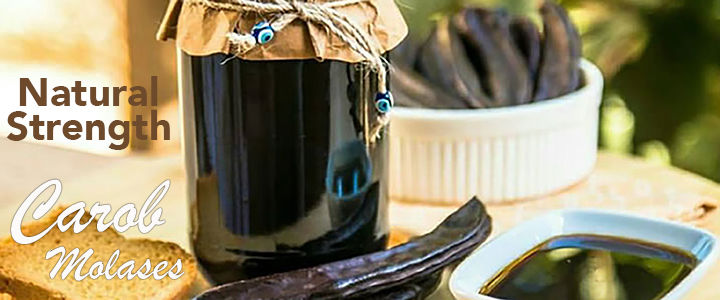English
You have no items in your shopping cart.
Products tagged with 'sumak'
ARIFOGLU Sumac Sour Sauce 350g
Sumac sauce has a mixture of flavors such as sweet, sweet-sour and sour. You can use it in your salads or as sauce for olives.
$7.99
BASAK Sumac 30g
Sumac leaves are characteristically arranged in spirals and are usually compound, though some species have simple leaves. The minute flowers have five petals and are borne in dense panicles or spikes. The fruits are red drupes and also are borne in dense upright clusters. All sumacs have a milky or resinous sap. Sumacs grow in subtropical and temperate regions throughout the world, especially in East Asia, Africa and North America. Sumacs are shrubs and small trees that can reach a height of 1–10 m (3.3–32.8 ft). The leaves are spirally arranged; they are usually pinnately compound, though some species have trifoliate or simple leaves. Sumacs propagate both by seed (spread by birds and other animals through their droppings), and by new shoots from rhizomes, forming large clonal colonies. The word 'sumac' traces its etymology from Old French sumac, from Mediaeval Latin sumach, from Arabic summaq, from Syriac summaq meaning "red".
$4.99
SADAF Ground Sumac 113g
Ground Sumac Sumac is a dried, ground berry that has a sour, tart and salty taste. It is used a seasoning on rice, marinades and rubs for meat and poultry in Persian cuisine. The fruits of the Sumac plant are ground into a deep red or purple powder and are used as a spice in Middle Eastern cuisine to add a lemony taste to salads or meat. In Arabic cuisine, it is used as a garnish on Meze dishes and added to salads. In Persian and Kurdish cuisine, Sumac is added to white rice or Kabob. In Turkish cuisine, it is added to salad- servings of Kabob and Lahmacun. Ingredients: Sumac, Salt Allergen: Packed on shared equipment with wheat, tree nuts, soy and sesame.
$4.99
SADAF Whole Sumac for Soup 113g
Sumac is a seed that has a sour, tart and salty taste. It is used as a seasoning on rice, marinades and rubs for meat and poultry in Mediterranean cuisine. Ingredients: Sumac Allergen: Packed on shared equipment with wheat, tree nuts, soy and sesame.
$5.99
.gif)










































.jpeg)